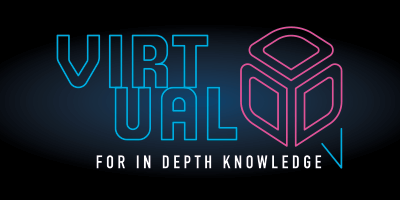
by Organisers @virtualddd | Nov 7, 2025
Do not wait until a decision is fully formed to present it for advice, as this invites criticism rather than collaboration. Engage architects and stakeholders throughout the decision-making process to incorporate their knowledge and context early. This makes the...

by Organisers @virtualddd | Nov 7, 2025
Instead of providing direct answers, guide teams by asking probing questions and suggesting alternative perspectives. This fosters their decision-making skills and ownership without undermining their autonomy. The goal is to enable, not to command. Examples When a...

by Organisers @virtualddd | Oct 23, 2025
Augment formal decision records, like ADRs, with qualitative data about the human element. Include fields for the team's sentiment, confidence level, or readiness to commit to the decision. This provides crucial context for future reviews and helps gauge the true...

by Organisers @virtualddd | Oct 13, 2025
After a decision is made, allow dissenting members to express their concerns freely without becoming defensive. Then, shift the conversation by asking, “What do you need to go along with this decision?” This validates their perspective while focusing on a constructive...

by Organisers @virtualddd | Oct 13, 2025
A facilitator can offer to formally make the decision and take on the accountability, after asking for the team’s consent. This unblocks the process while protecting the psychological safety of team members who do not feel ready for that level of responsibility. It is...






